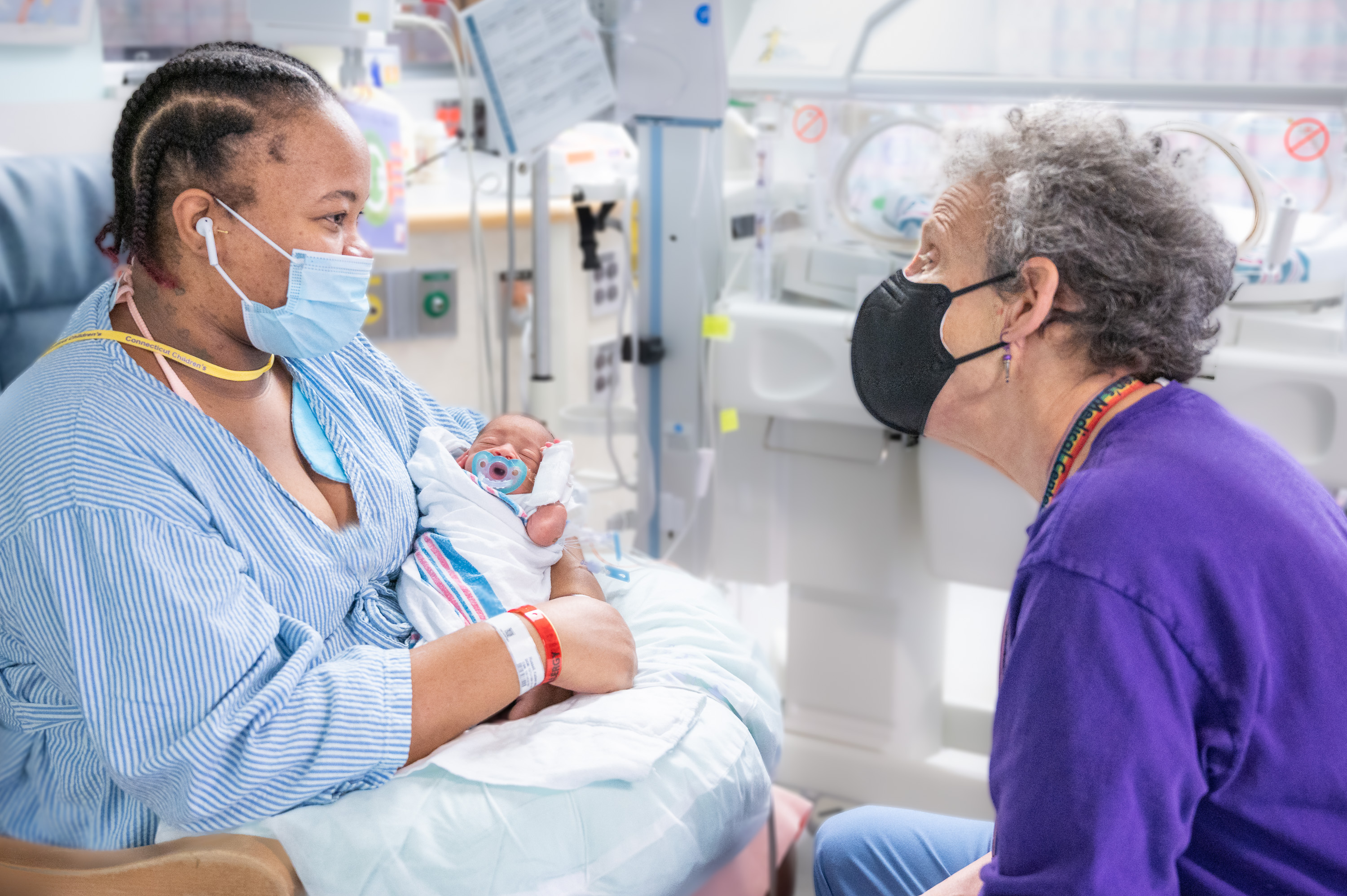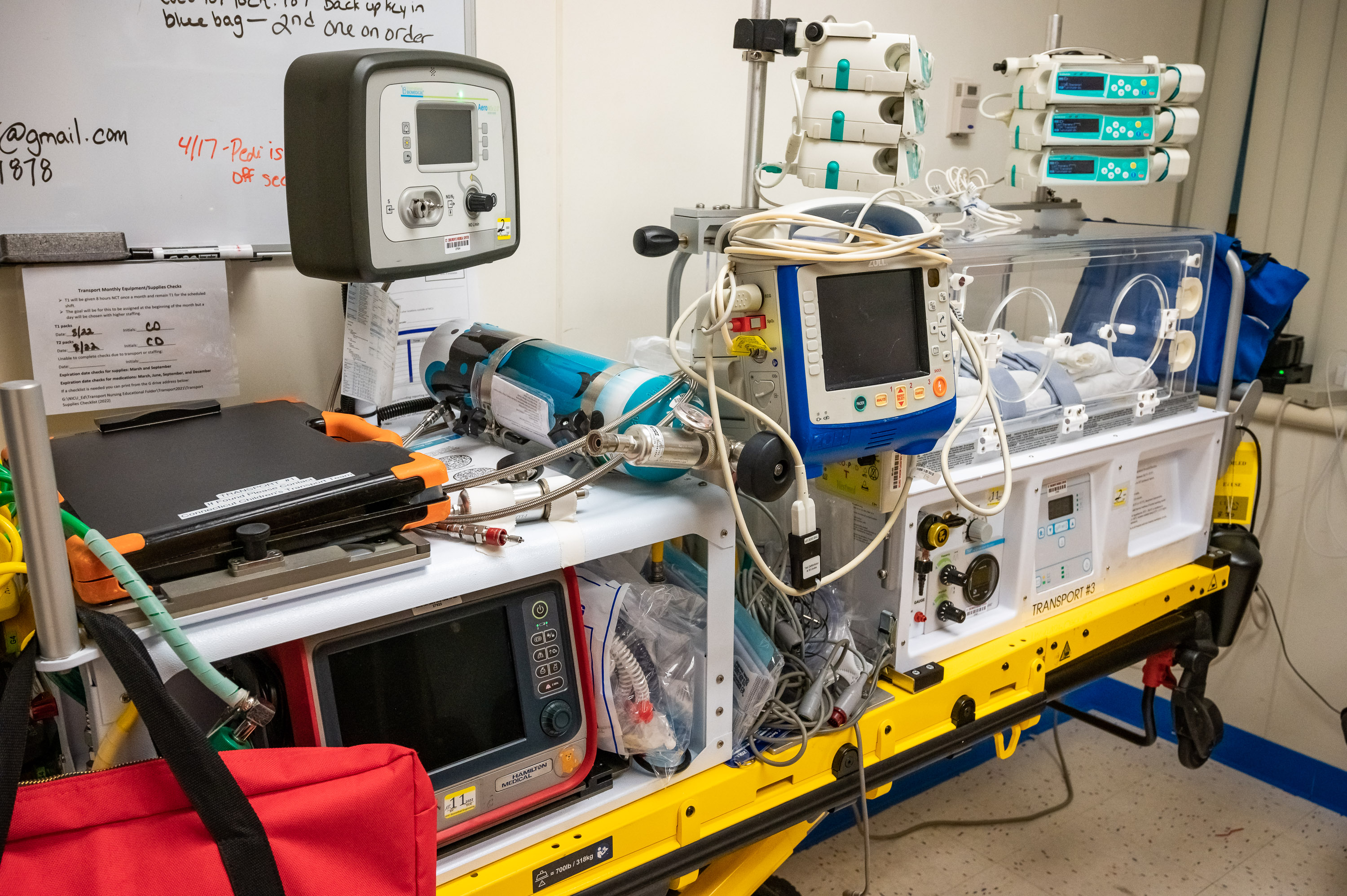Marilyn Sanders is the medical director of the Neonatal Critical Care Transport Program. This program uses a highly specialized ambulance team to bring sick newborns to Connecticut Children’s’ Level 4 or Level 3 Neonatal Intensive Care Units (NICUs) from other hospitals in the state that may not have the facilities or specialized clinicians a given child may need. We sat down with Dr. Sanders to learn more about the program and her involvement in it.
Latest Articles

$1 Million Gift from Big Y Supports Connecticut Children's New Clinical Tower and Expanded Pediatric Services

A New Era of Care Begins: Connecticut Children’s Celebrates the Opening of the New Clinical Tower


